When your check engine light is on, or you’re experiencing car problems, an appropriate OBD scan tool will let you talk to your car and help determine what the problem is. But, you may ask yourselves:
- Is my car OBD1 or OBD2?
- What is the difference between OBD1 and OBD2?
- Should I use an OBD1 or OBD2 Scanner to diagnose the trouble?
In this article, we’ll discuss in detail the difference between OBD1 and OBD2 vehicles and the best OBD Scanner for them.
What’s OBD?

Credit: commons.wikimedia.org
OBD stands for On-Board Diagnostics. Your car’s onboard diagnostic system is a computer that’s in charge of monitoring your engine through a series of sensors.
These sensors detect any abnormalities in your engine, including:
- irregularities in the fuel/air mixture
- any problems with your catalytic converter
- and spark plug issues, etc.
There’s a special plug that allows you to use a scan tool to communicate with this system directly so you can figure out what’s going on with your car.
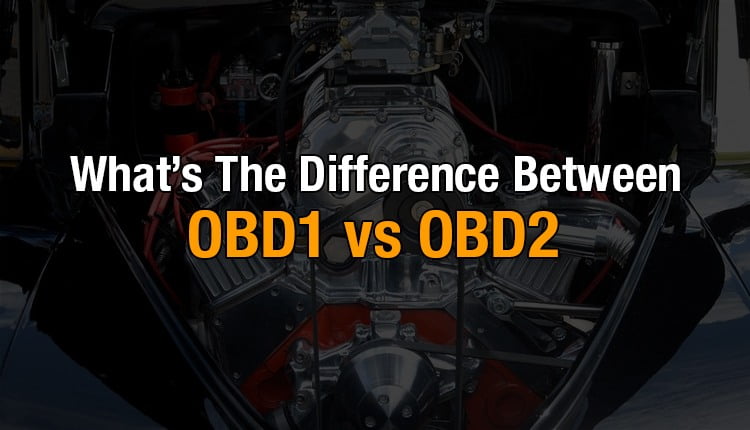
What is OBD1?
OBD1 is the On-board Diagnostics standard applied to vehicles made for California from 1991 to control vehicle emissions in this state. All cars marketed for this area had to be equipped with OBD1 to detect engine issues and report trouble codes. Despite OBD1 being a California state standard, it’s found on many GM and Ford cars made during the early 1990s. Unlike the later OBD2 standard, however, OBD-1 wasn’t standardized across manufacturers, which means that an OBD-I scan tool will often work for only one make of car. Also, the codes themselves aren’t standardized, so a Ford with the same engine issue as a Toyota might give a totally different trouble code. While OBD1 wasn’t precisely the same as OBD2, it was fundamentally pretty similar. The system’s point was to allow your car to monitor itself and relay useful information to drivers and mechanics.
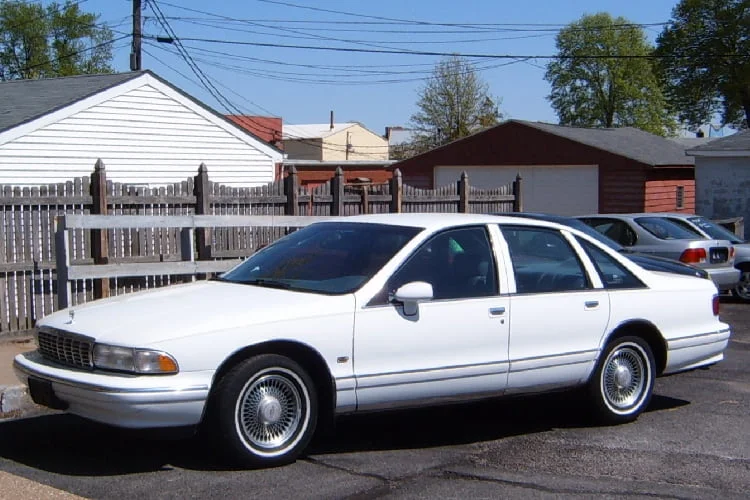
What is OBD2?
OBD2 became a nationwide standard of the United States in 1996, and it’s been used ever since then. Unlike OBD1, OBD2 equipped cars all support the same type of scanner. The trouble codes themselves have also been standardized, although manufacturers sometimes allow the system to send additional specific information. As car computers have become more sophisticated, car manufacturers have added more and more capabilities to their cars’ OBD2 systems. You can use an OBD2 scanner to view real-time diagnostic data, interface with your car’s computer, and more.
The most significant improvement from OBD1 to OBD2 is that all OBD2 cars have the same sort of ports that send the same kind of data the same way. In other words, you can buy a single OBD2 scanner and get useful information from any car made by any manufacturer.
Read more about OBDII technology HERE.
OBD1 Vs. OBD2 comparison chart
| OBD1 | Vs. | OBD2 |
|---|---|---|
| From 1981 to 1995 | Year | From Jan. 1996 |
| Manufacturer-specific | Application | Universal |
| Low | Popularity | High |
| Old | Technology | Advanced |
| California | Area | The USA and many other countries/regions |
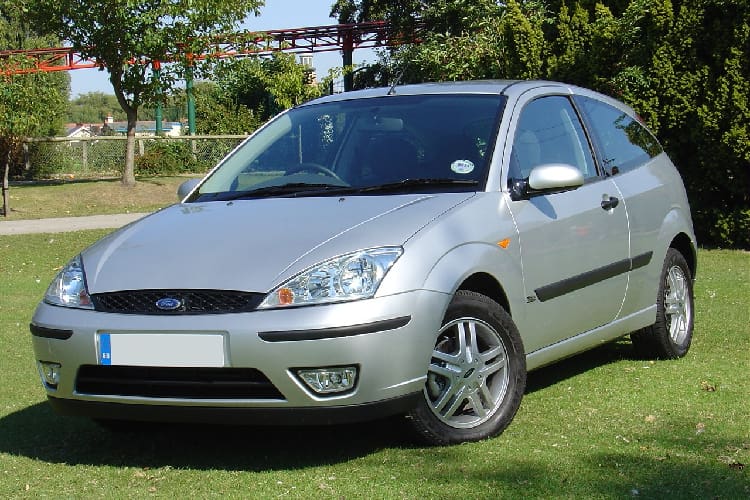
Is my car OBD1 or OBD2?
It depends on the country you are in or the market the car was manufactured for. Let’s take cars for the US market as an example. If your vehicle was made in 1996 in the US or marketed to the US, then the high chance is it is OBD2-compliant. (But note that some cars were made in 1996 in the US but OBD1.)
To determine whether your car is OBD1 or OBD2, find the year it was manufactured on the white card on the driver’s side door, then check below:
- United States – 1996
- European Union – 2001 (gas), 2004 (diesel)
- Canada – 1998
- Argentina – 2009
- Australia – 2006 (gas), 2007 (diesel)
- Brazil – 2007 (gas)
- New Zealand – 2006
- Japan – 2002
- Mexico – 2006
- Russia – 2012
- Israel – 2003
- India – 2010
- China – 2009
- Chile – 2013 (diesel), 2014 (gas)
- Hong Kong – 2006
- Morocco – 2011
- Taiwan – 2008
- Thailand – 2013
If you still cannot determine if your vehicle is OBD1 or OBD2, find the “Vehicle Emission Control Information” card, which is usually under the hood.
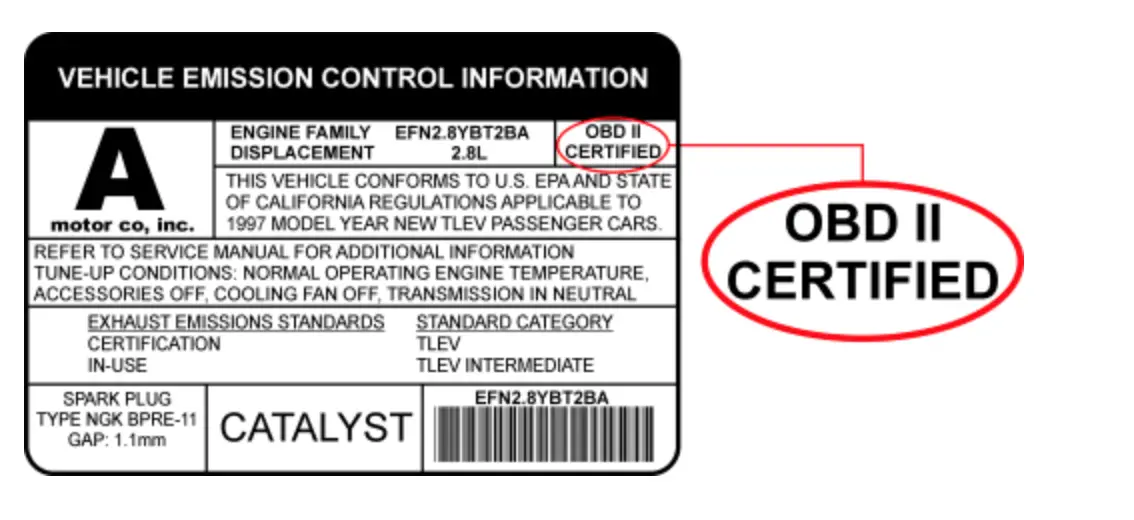
OBD1 Vs. OBD2 scanners
The difference between OBD1 and OBD2 Scanners
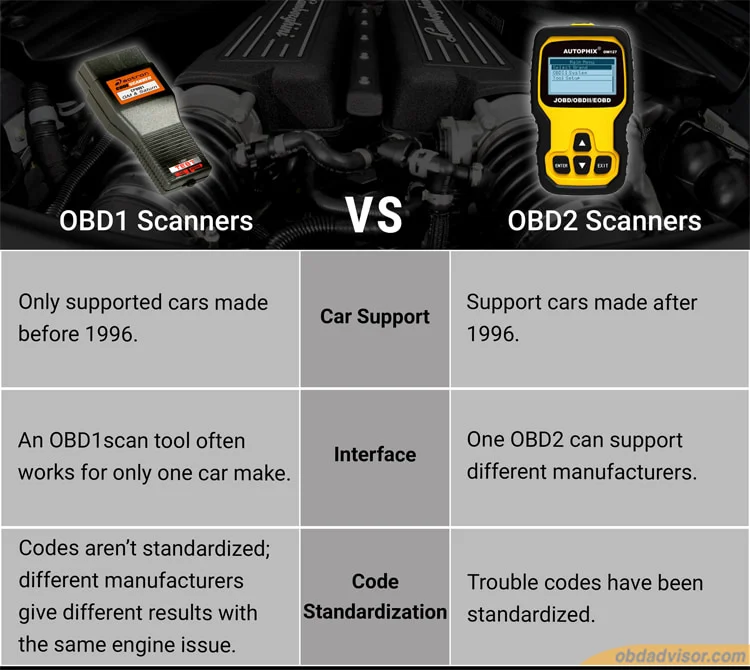
OBD1 scanners only work on old cars. If a vehicle was produced after 1996, it probably doesn’t have an OBD1 port, so you can’t use an OBD1 scanner with it. Even if your car was made before 1996, you’d still have to find an OBD1 scan tool that matches that car’s specific manufacturer and find a way to translate that manufacturer’s specific error codes into a format you understand. Carmakers understood that mechanics wouldn’t want to buy five or six different scan tools to work with varying types of cars. As a result, most OBD1 equipped cars can transmit error codes differently. You can configure these cars with a bit of work to flash out these error codes in code via the check engine light.
1994 Ford Focus is a good example of an OBD1 car. You need an OBD1 code reader for Ford like INNOVA 3145.
If you have a 1994 Chevy Caprice, it’s for sure an OBD1 car and you need the INNOVA 3123 for GM to read its codes.
INNOVA 3145 Ford OBD1 Code Reader
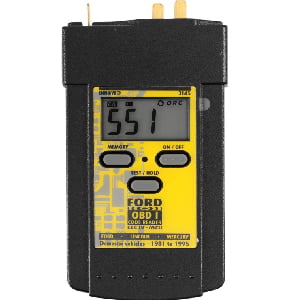
INNOVA 3123 GM OBD1 Code Reader
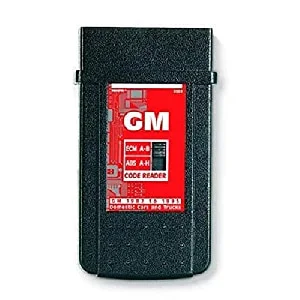
By contrast, OBD2 scanners are necessary to retrieve error codes and diagnostic information from more modern cars. If a vehicle was made after 1996, you’d need an OBD2 scan tool to interface with the car’s diagnostic system. Luckily, you don’t have to worry about make or model. OBD2 scan tools like FOXWELL NT301 and Bluedriver are totally universal as far as newer cars are concerned.
FOXWELL NT301 Full OBD2 Scanner
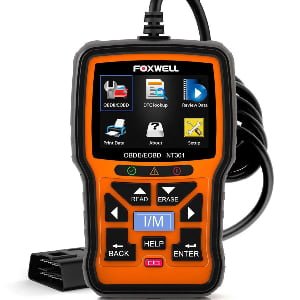
Bluedriver Bluetooth OBD2 Scan Tool
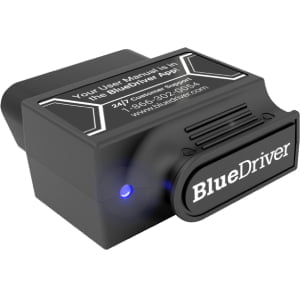
Can I use an OBD2 Scanner for OBD1 vehicles?
Yes. But you need an OBD1 to OBD2 connector. Some OBD2 Scanners cover both OBD1 and OBD2 vehicles, which means you can use an OBD2 scanner to diagnose an OBD1 car.
Innova 3120 is an excellent OBD2 scanner that work well on both OBD1 and OBD2 cars, SUVs, and light trucks.
Bonus: Find more reviews of the best scan tools for your vehicle HERE